Science And Engineering Of Minerals - The Mineral "Silver"
And I decided we start the week with the knowledge of one of our minerals, a debut to one of our shiny metals, Silver will be just the kill, I thought.
Just like gold, silver is a metal of value, though of less value when compared to gold in our time but it was known that silver was regarded as a more valuable metal than gold in early Egypt around 15th century BC, Its Science and Engineering, so you know what to expect, how about we begin with knowing the metal Silver.
This article was brought to you in conjunction with our partner Tourist checklist , celeb examiner and My Recipe Checklist
The Mineral "Silver"
Every once in a while you come across silver, not only looking at your silver ring, your lovely necklace made of silver but even as you take a look in that glass mirror sitting at the corner of your bedroom, that's true, most of our glass mirrors are made of silver due to its highly reflective nature and with its many cool properties it span across many applications.
Wiki commons : Silver nugget byMauro Cateb licensed under CC BY-SA 3.0
The metal silver has its symbol to be Ag which was derived from the Latin word 'Argentum' meaning shiny or white and it has its density to be 10.5g per cubic centimeters, it's a soft metal and highly ductile as a gram can be stretched to a thin wire length of 2km. Silver is known for its electrical and heat properties as it is known to conduct readily, want to test its heat conduction just dip a silver spoon in hot water and tell me how it feels.
Its melting point is 962 and it also allows for combination with other metals when the need be, a combination with copper tends to increase its hardness property thus to be used for other hard applications.
However one thing we know about silver which doesn't play on the positive side with respect to its characteristics is the fact that it goes duller with time when it comes in contact with hydrogen sulphide which is usually given up by a rotten egg and some polymers and rubbers when this happens with a little moisture, our shiny silver goes brown, with time it turns dark and becomes black at last, to remove this sulphide film the silver has got to be polished, this can be done with a brush and soapy water and our silver is back up, shinning.
Silver can react with phosphorus but this can happen in a red-hot temperature which will form phosphides, it also reacts easily with hydrochloric acid, silver do not react with nitrogen, oxygen, hydrogen, nor with carbon.
Silver dissolves when it comes in contact with aqueous solutions of cyanide and alkaline earth metals in the presences of saturated air, this reaction of silver can also occur when silver comes in contact with thiourea solution since there is the presence of iron salt. This is silver in a nutshell, let's get to know what nature has to say with respect to the formation of this metal.
How does Silver form?
Silver and other heavy metals such as gold, zinc, copper, lead are present deep in the earth's crust and suggestions say they have been there, in the earth's crust, they form a combination with sulfur hence called sulfides but gold is an exception as it does not have any combination with sulphur.
The earth crust is known to be hot, it also features the circulation of a salty water known as brine which can have temperature as high as 350°C which tend to dissolve these metals, getting them concentrated in hot brine. Through vents, brine is known to pop out from the to earth's crust and when that occurs, metals which were dissolved in it tend to precipitate out and when cooled by Seawater they precipitate out with zinc precipitating as sphalerite, copper as chalcopyrite and silver coming in combination with different sulphides
They keep increasing with time around these vents and can be collected and refined. When the question of their cosmic origin to the earth crust was asked a Heidelberg scientist Dr. Camilla Hansen suggested that might be from the explosion of stars just like it was suggested for gold but not the same type of star which produces gold.
Separation Of Silver From Ore
Just like the natural Mineral Gold which we saw in our previous article, silver come in combination with other minerals which is called an ore, to get our silver bullion we have to go through an extraction process so as to separate this silver from its ore, the most common method used to achieve this is called the cyanide process.
Wiki commons : Silver ore by Романвер, licensed under CC BY-SA 3.0
This involves the silver reacting with a cyanide solution to be separated, First of all the ore is prepared to get the best, this is done by crushing the ore into a diameter of about 1 to 1.5 inches, which will just be OK to make the silver ore porous enough to make the process of silver extraction very easy. After we have crushed our silver ore, we take the next step which involves mixing our crushed ore with lime to form a good alkaline condition for this extraction this is fellow by the ore being stacked on leach pads, I will explain what leach pads are.
Leach pads are in form of layer where the ore to be extracted is placed it has an underneath area called a collection ditch where metal leached out of the ore after reaction are collected and the ore stays on the layer in the case of silver, the pads used are made of rubber, asphalt or plastic, they are arranged to be slanted to allow for easy collection and draining now lets get to the main extraction process.
To get the silver which is in combination with the ore now crushed we introduce a sodium cyanide and water solution on the prepared silver ore, this introduction can be done in so many methods as a well known method is the sprinkle and the injection method, this tends to form a silver cyanide solution which is leached out and collected in the collection ditch, however we still have not got our silver, it's in combination with cyanide.
To get the silver out of this solution, a most commonly used method is known as the Crowe Precipitation method where zinc dust is used as a precipitation agent precipitating silver from the silver cyanide solution and the silver precipitated can now be collected through a filtration process and converted to silver bullion.
Although, silver ore can sometimes be found in a combination of other metal which might contain metals like lead, copper or gold and sometimes the silver may be a by-product of the processing of these other metals from this combination, when such is experienced, then other methods can be employed to get out the silver bullion.
Given a situation where we find our required silver in a combination with zinc, an employed method to mine this is known as the Parkes process, this involves heating the ore to its melting point, on cooling down a crust of silver and zinc is noticed to form at its surface which is collected and distilled, thus separating the silver from zinc.
Another situation comes in when silver is found contained in combination with copper, to get our silver out, an electrolytic process is used. This process involves placing the ore in the electrolyte having an anode and a cathode, when an electric current is passed through the electrolyte, the copper accumulates around the cathode while the silver accumulates at the anode, the silver accumulation can now be collected and impurities removed by leaching and that's it.
Countries Known For Its Production
Just like other minerals, no one country can possess them all, when it comes to a particular Mineral some might have a lot of it, some a bit and others non atall with regards to silver, we will get to know some major countries blessed with its production.
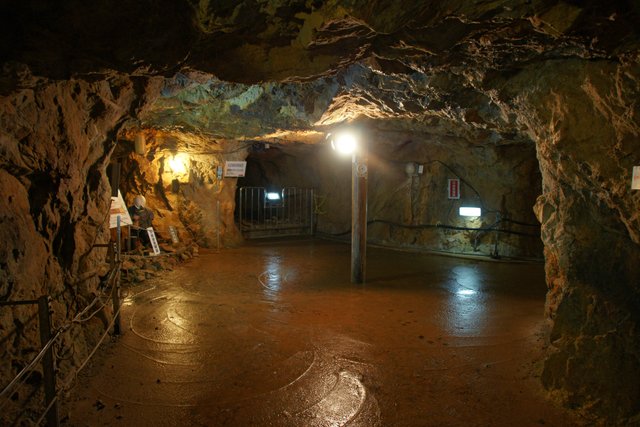
Wiki commons : Ikuno Ginzan Silver Mine, Japan by663highland licensed under CC BY-SA 3.0
The largest known producers of silver in our world today is the country Mexico as record have seen them have produced 5,400 tons of this Mineral in the year 2013 and they have been the lead producers for years back, following Mexico is China, where it's production has been increasing over time as they were known to be the fourth largest producers in 2002 and on 2013 have a total production of 4,000 tons. .
Peru is known to the be the third biggest producers of silver due to their huge deposit mostly from their copper mine and it is estimated that they might one day be the biggest producer of silver in the world, in 2013 they produced a total of 3,500 tons of silver. Also Included in the big producers are Russia and Australia which are both at the fourth level of production as they were seen to produce 1700 tons in 2013.Other top producers are Bolivia and Chile both with 1200 tons, Poland with 1,150 tons, the United States with 1,090 tons and Canada with 720 tons.
Utilization Of Silver By Man
Jewelries
In our world today, silver have played an important role in the manufacture of jewelries, just like gold they are attractive to the eyes and man have made good use of this properties seeing silver to play a major role in the manufacture of certain jewelry used by man but most are used by electroplating it on another metal.
Silver in its pure form is a soft metal hence they are usually used in an alloy form of which copper is known to be a suitable alloying metal as they are known for their fine nature but however, silver is known for its tarnishing when faced with hydrogen sulphide and other derivatives, therefore, to get a good metal for jewelry, silver is added some metals which are known to have a good resistance to tarnishing such as gold, palladium, and platinum.
Silver is also used in glass plating hence these glass used as mirrors, decoration of Christmas trees and also to create a vacuum flask.
The Electrical Industry
The usage of silver also spanned through the electrical industry where they are used as conductors mostly in electronics, they are also used in making semiconductor devices and when powdered, they also form an ingredient for making pastes for conductor layers.
Photography
This metal has also assisted man in photography as silver halides are known for their photosensitive nature, this spanned a long range of usage in black and white photos of the early days of photography but its usage has been on a decline since the introduction of digital photography but its peak of usage was early 1999.
Silver In Medicine
What about the usage of silver in the medical field, silver have been of great help as far as medicine is concerned for example in Wound dressing where it is used to coat some medical devices as an antibiotic coating, It is also used in Wound dressing as they are added in their nano form as silver sulfadiazine in the treatment of external infections.
They also have other applications in the medical field such as in urinary catheters where they are suggested to reduce ventilation related pneumonia, killing of bacteria and also when amalgamated with mercury they are used in dentistry.
Others
Other usage are in the production of chemical equipment due to their low chemical reactivity, usage as catalyst when added in an oxidation reaction, in brazing when added as alloys to other brazing metals and also in their nano form, used as conductive inks, antibacterial and antifungal. History have seen this metal to be a metal of value and hence a piece for Exchange.
These are just a few areas where we have utilized this metal , Silver has contributed immensely to our world today due to its many usable properties and I believe we are still yet to discover more of their application in our world.
Bringing It All Together
I will conclude by saying that silver is just a wonder, have you seen a table decoration done with silver wears, I bet you agree on the elegant nature of the design, that's the metal silver, It is known to be the best of all electric conductors known to man but due to its high cost it's rearly used for this purpose but truly it's existence have helped man achieve so many just like we saw above.
Pixabay: Silver Tableware
Most silver production in our world Is linked to other metals like gold, zinc, copper, and lead due to the fact that silver nuggets are rarely found alone, therefore we can say that the future of silver mostly dependent on the rate of production of these other metals but however, silver will continue to be sort for its uses and value to man.
For me, this is one cool metal but it can't raise a shoulder to my love for gold, would I say its mostly due to the fact that it's prone to tarnishing with time which you can't get with gold, that's it, I would prefer the gold, which would you prefer? .
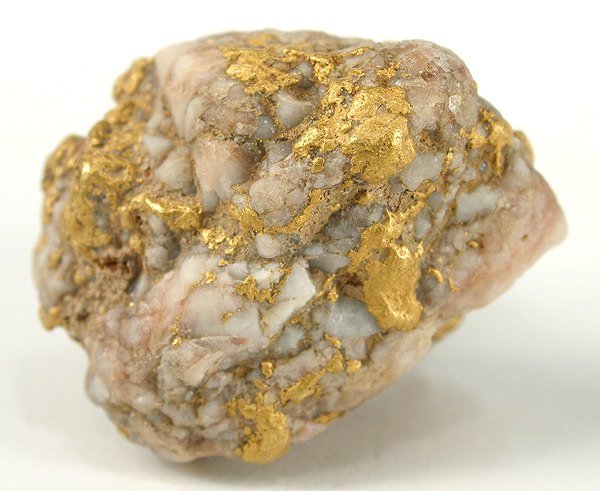
Wiki Commons: Gold byRob Lavinsky licensed under CC BY-SA 3.0
Did you miss this article on the Science And Engineering Of Gold, you can catch up with this link below .
Science And Engineering Of Minerals - Gold, and many thought it to be tear drops from the sun.
References
Silver Wiki
Silver 2
Countries Producing Silver
Silver And It's Characteristics
Silver Formation
Cosmic Origin
This article was brought to you in conjunction with our partners Tourist checklist and Mechanic Assistant
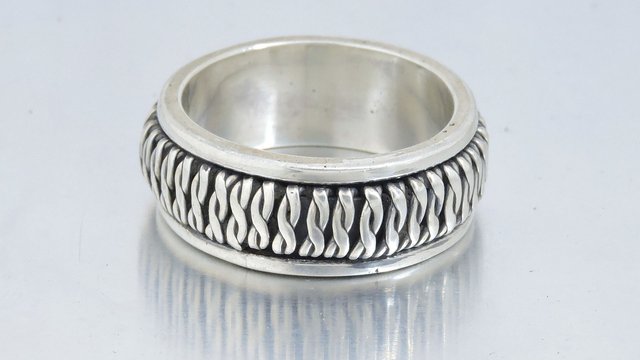
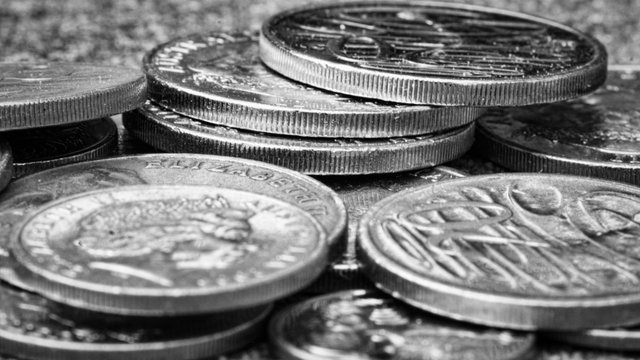
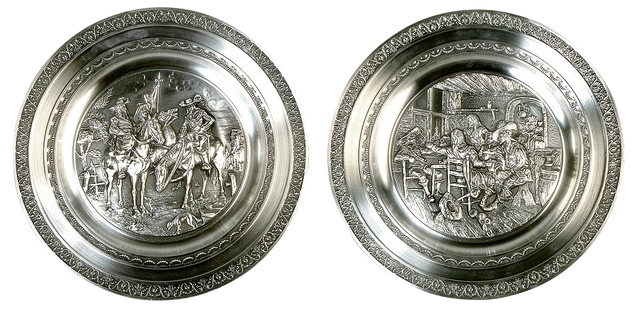
Your Post Has Been Featured on @Resteemable!
Feature any Steemit post using resteemit.com!
How It Works:
1. Take Any Steemit URL
2. Erase
https://3. Type
reGet Featured Instantly & Featured Posts are voted every 2.4hrs
Join the Curation Team Here | Vote Resteemable for Witness
Thanks :)